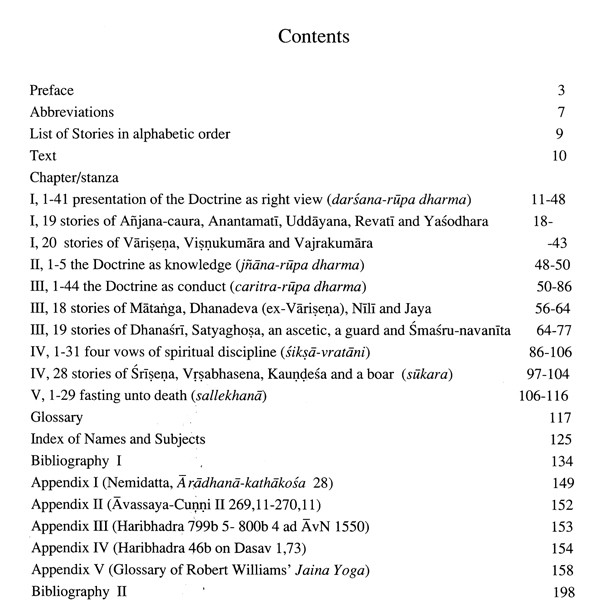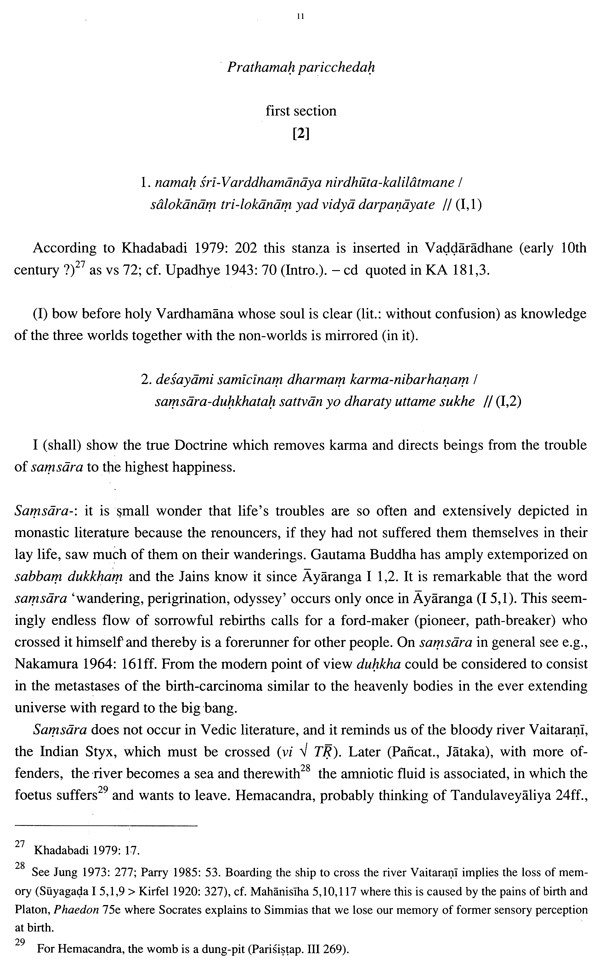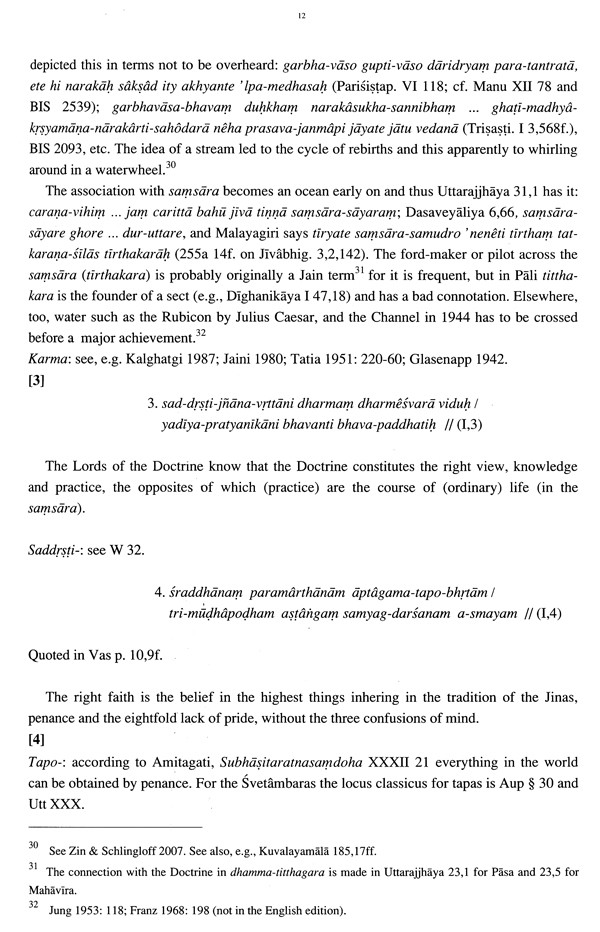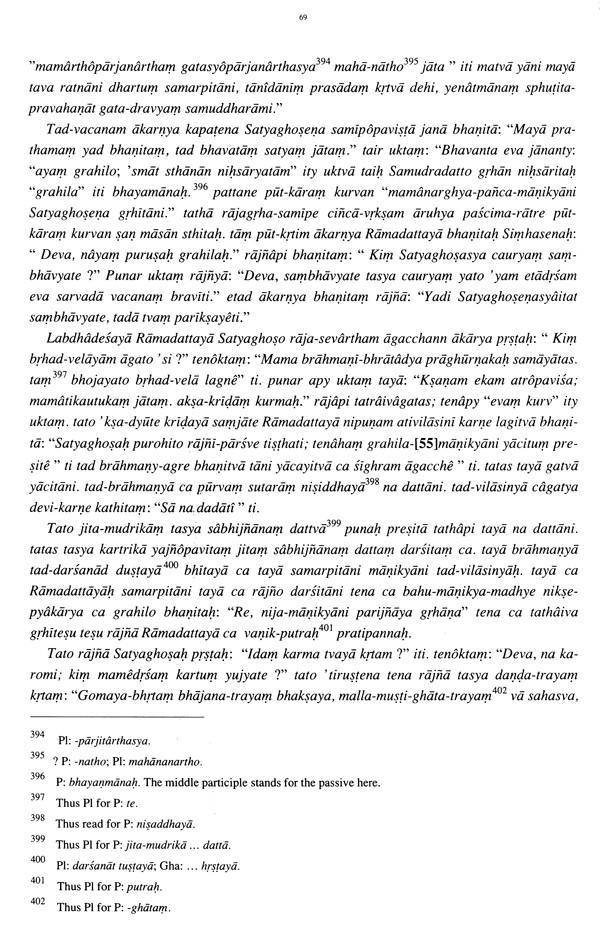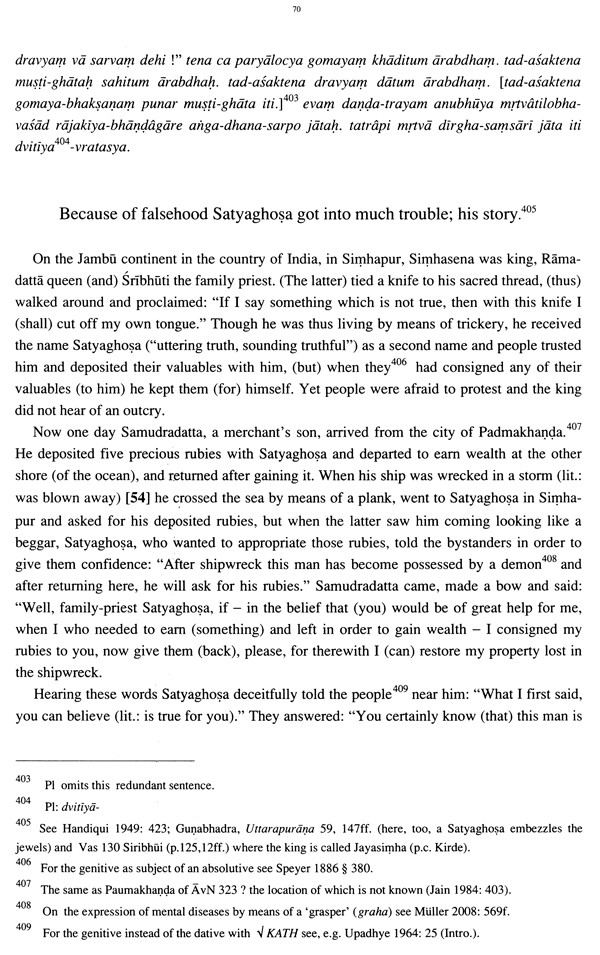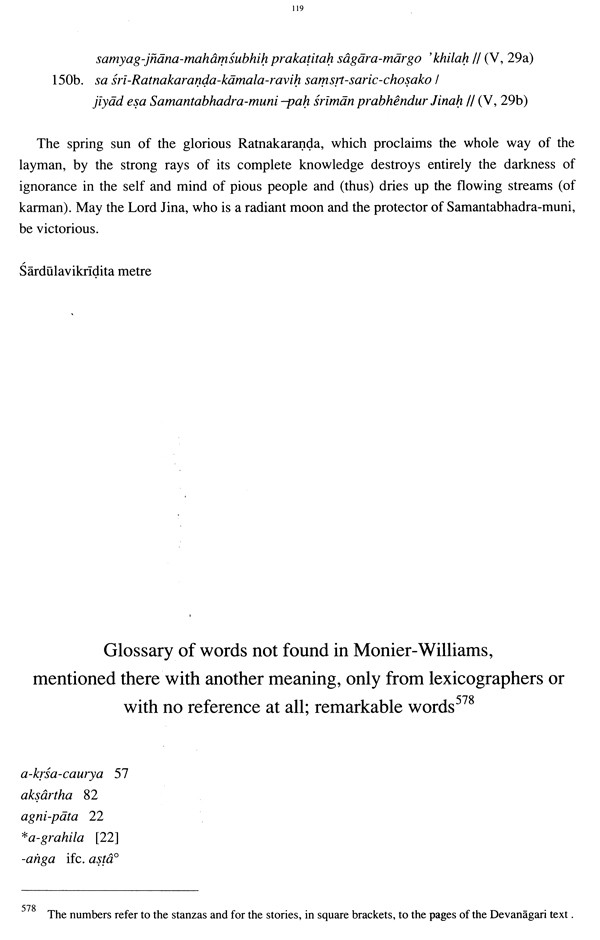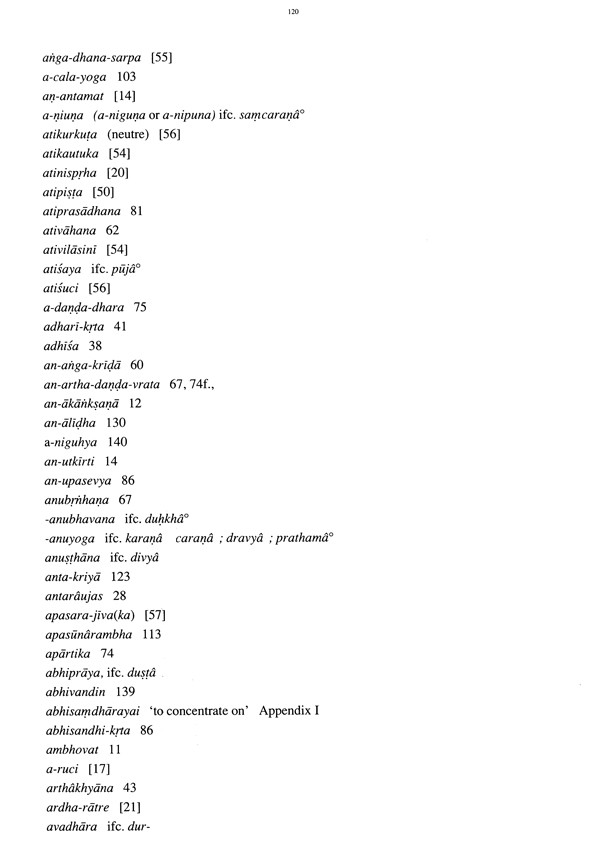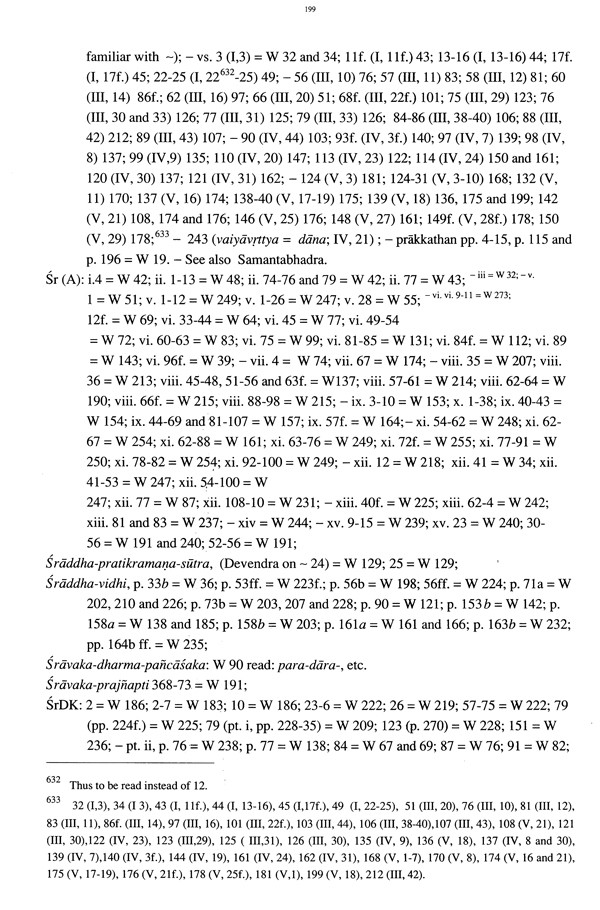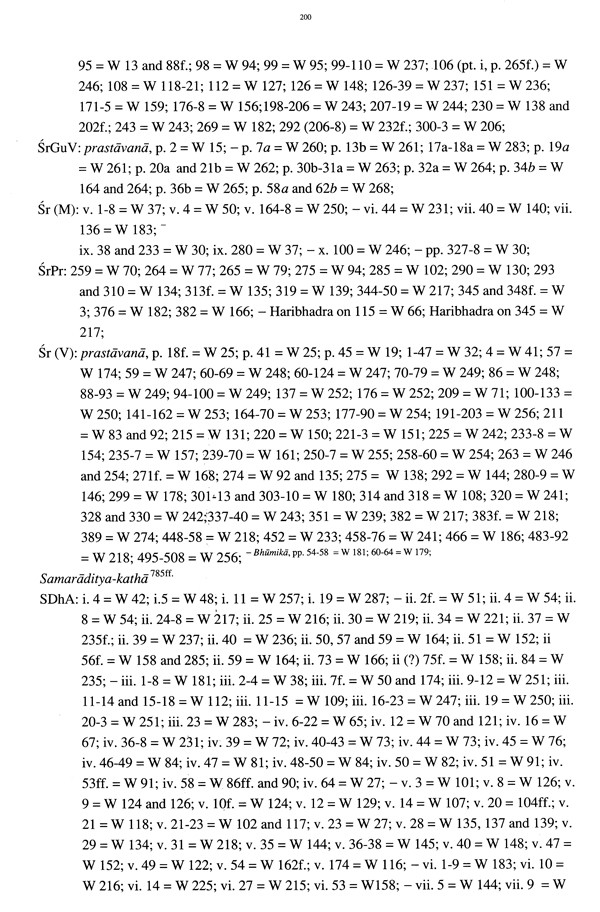
रत्नकरण्डक श्रावकाचार- Ratanakarandaka Shravakacara
Book Specification
| Item Code: | UAB327 |
| Author: | Willem Bollee |
| Publisher: | Hindi Granth Karyalaya |
| Language: | English with Roman Transliteration |
| Edition: | 2017 |
| ISBN: | 9788188769667 |
| Pages: | 642 |
| Cover: | HARDCOVER |
| Other Details | 11.50 X 8.50 inches |
| Weight | 750 gm |
Book Description
Winterize divided the substitute Canon of the Digambaras, which these call their four Vedas, into legendary works such as Puranas, cosmological works, philosophical works such as Umasvami's Tattvarthadhigamasutra, and ritual works. Concerning the latter, Samantabhadra's Ratnakarandaka-sravakdcara "Manual for the behavior of laymen which is a jewel casket, 2 is dealt with below. The term sravakdacara is only used by the Digambaras and serves as a general name for the topic and as a title for a compendium of rules for house- holders.' There is no sravikdcara and thus we may assume that mutatis mutandis our text also pertains to laywomen," particularly as to stavana, as in verse. 115, by which they express their religiosity. 5 Their religious sphere encompasses congregational and daily individual paid, fasting, participation in festivals and pilgrimages. Laymen are not presumed to perform the same level of such daily activities as women. At present all Jain rituals are accompanied by stavan (hymn) singing. Stavans are essential in the transmission of Jain theology among the laity.
Samantabhadra was a Digambara logician, possibly a ksatriya' from Kanci (Konjeevaram), who together with Jinasena and Karttikeya was responsible for a plethora of innovations in the rules of conduct for laymen," but according to Hampana (p.c.) he is believed to have been born in Utkalika between the Krsna and Bhima rivers, in the modern village of Basavana, Bagevadi Taluk, Bijapur district in Karnataka, He may have lived in the 7 -8th century, ac- cording to Winterize," followed by Upadhye who, in his study of Siddhasena Divakara," discussed the arguments of Pt Jugalkishore Mukhtar "in his excellent Hindi monograph". 10 Upadhye rejected the latter's thesis of a date prior to the fifth century C.E. II and himself thought Samantabhadra lived about 1000 C.E., but changed his opinion later for the 2nd century C.E. (Upadhye 1929 and 1943: 70 of the Intro.).The early date, before the fifth century, was adopted by Handiqui (1944: 429 note 3), Williams (1963: 19), Folkert (1993: 22) and Wiley (2004: 183; ca. 5th century). Faddegon (1935: xiv note) following Vidyabhusana (1909: 22 and 24) supposes Samantabhadra to have flourished about 600 CE, whereas Jaini (1979: 80) dates him to the fifth century, Soni (2002: 185) to the 6th century, Fujinaga (2006: 107) to the 7th century; Hampana (p.c.) 550-625. Regrettably I could not contact Professor M.A. Dhaky.
Book's Contents and Sample Pages
